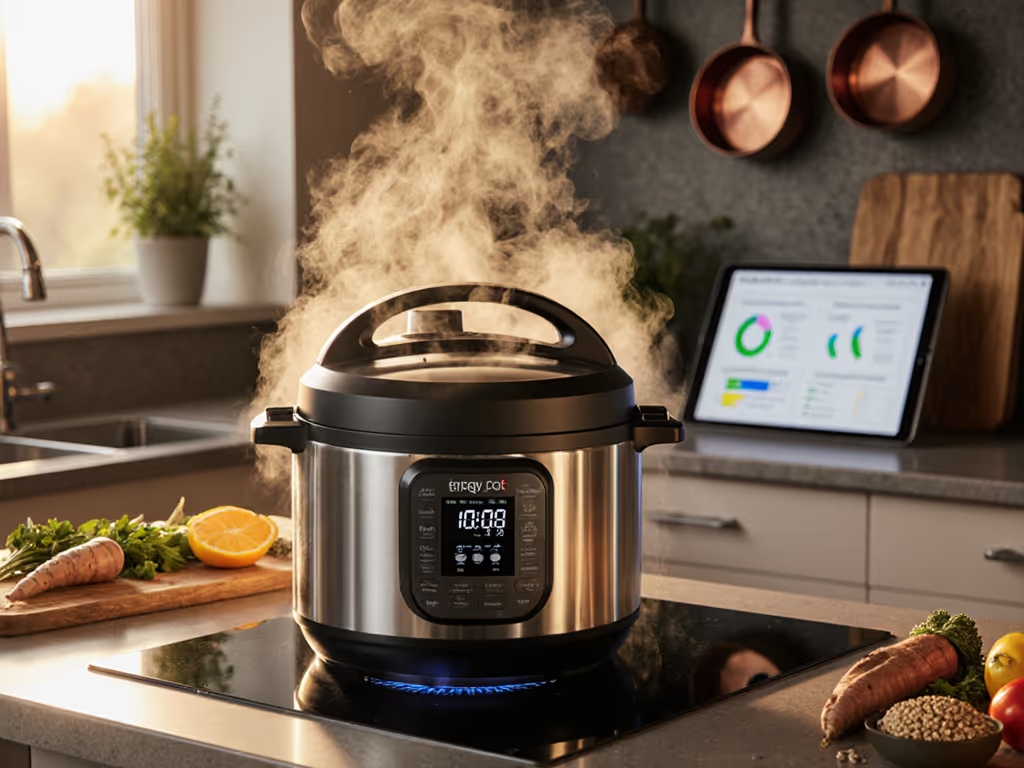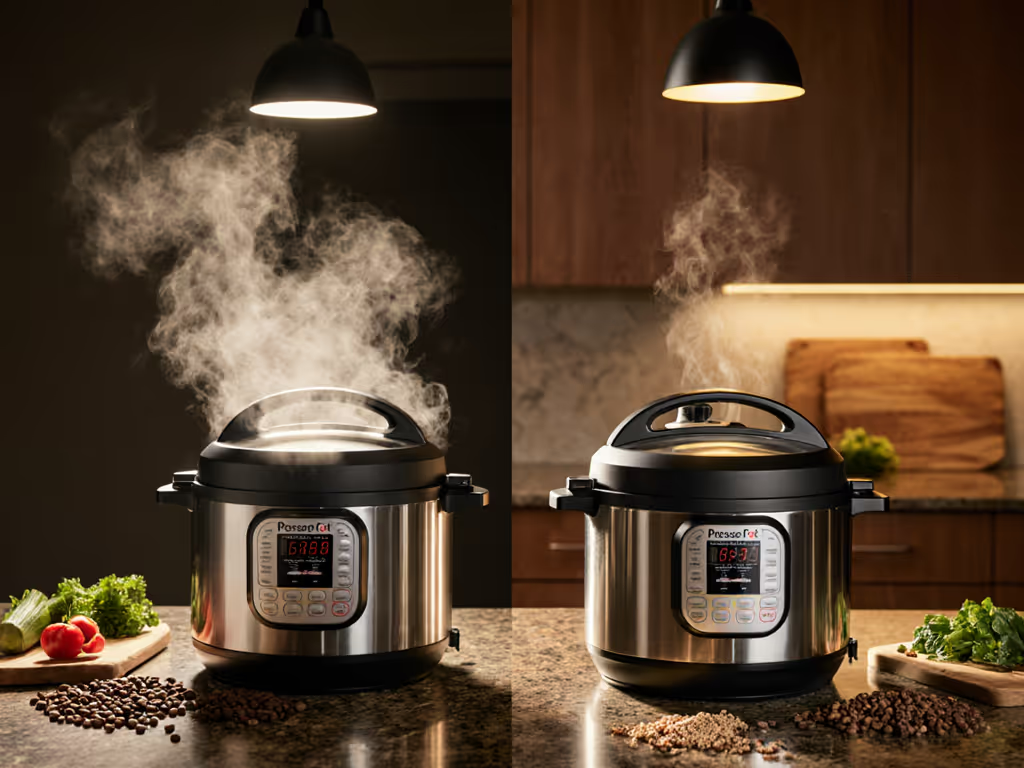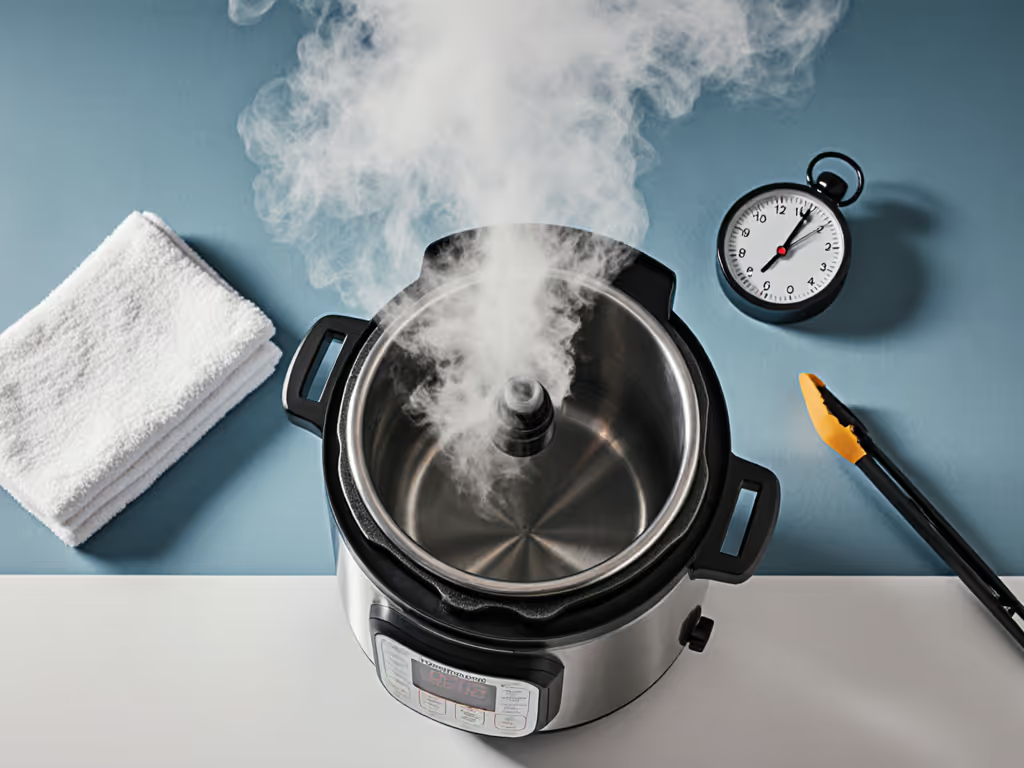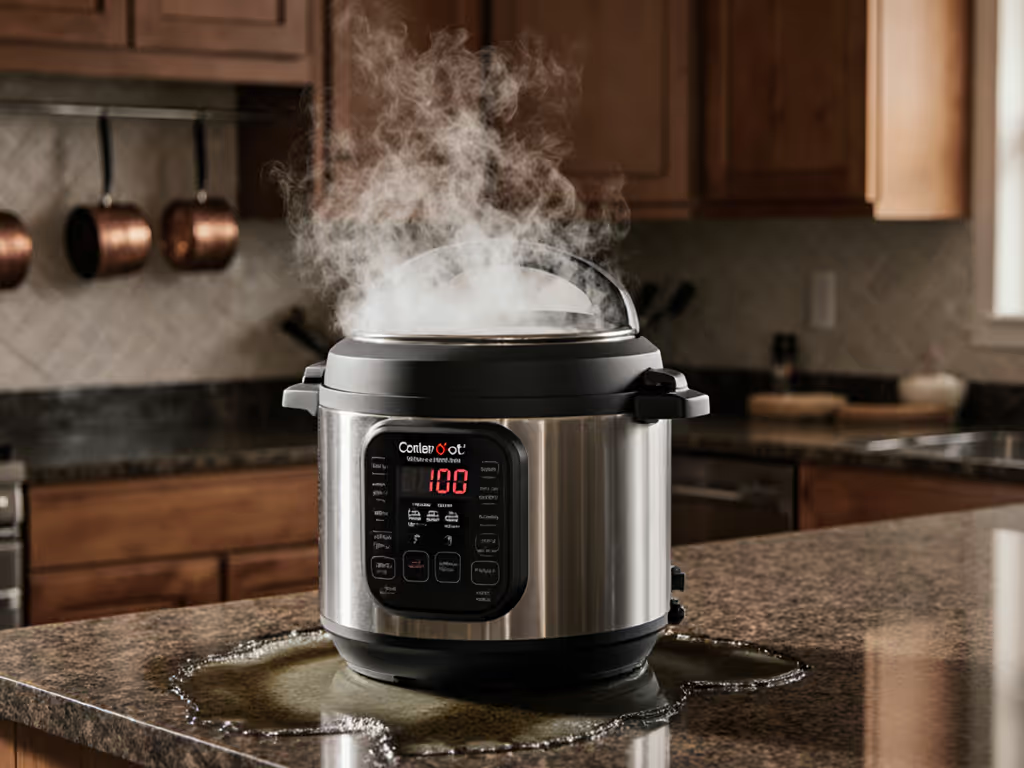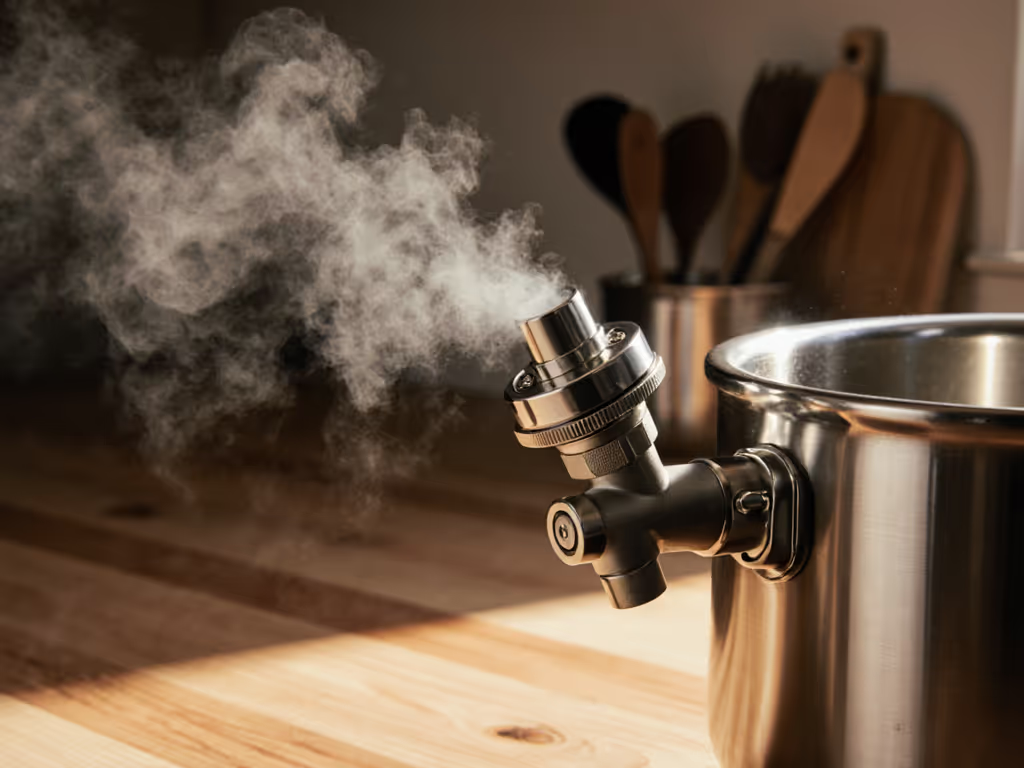Let’s cut to the chase: natural release vs quick release isn’t just cooking trivia, it's the hidden cost driver in your pressure cooking success. Get it wrong, and you'll waste ingredients, time, and energy. Get it right, and you'll stretch cheap cuts into tender, flavorful meals that feed your family affordably. After years dissecting pressure cooking release methods, I've mapped exactly how each choice impacts texture, safety, and your wallet. Spoiler: value beats novelty every time.
Why Release Method Choice Hits Your Budget Harder Than You Think
Most recipes treat release methods as afterthoughts. But in reality, they're active cooking phases that determine:
- Whether $1.50 worth of dried beans turns into dinner or mush
- If cheap chicken thighs shred perfectly or dry out
- How many gaskets you'll replace after a steam-burn accident
Natural release vs quick release isn't about convenience, it's about pressure-cooked food texture and outcomes that directly impact your per-meal cost. A single failed batch? That's $4.27 down the drain (based on USDA average bean prices). Let's break down what actually matters.
The Cost-Transparency Comparison: Natural vs Quick Release
Natural Release: The "Set-and-Forget" Workhorse
What it is: Letting pressure drop gradually without touching the valve. Takes 10-30 minutes.
When to use it (and why it saves money):
- Tough cuts of meat (chuck roast, shanks): Allows fibers to relax without squeezing out juices. Cost impact: Turns $4/lb cuts into restaurant-quality meals instead of dry, wasted protein.
- Starchy foods (oatmeal, polenta, mashed potatoes): Prevents explosive foaming that clogs valves. Cost impact: Saves $12 replacement gaskets and 20 minutes of cleanup per accident.
- Large batches (bone broth, chili): Gentle pressure drop keeps ingredients suspended. Cost impact: Avoids $3.50 ingredient loss from sputtered messes.
Key insight: Natural release continues cooking. That 20-minute wait? It's paying for itself in saved ingredients.
Quick Release: The Precision Tool for Delicate Jobs
What it is: Manually opening the steam valve to release pressure in 1-5 minutes.
When to use it (and where beginners blow their budget):
- Delicate proteins (fish, shrimp, eggs): Stops cooking immediately. Cost impact: Prevents $6 seafood from becoming rubber.
- Veggies (broccoli, green beans): Locks in crisp-tender texture. Cost impact: Saves $2.50 produce waste from overcooked mush.
- Small liquid volumes (sauces, reductions): Avoids prolonged simmering that dilutes flavor. Cost impact: Cuts down on salt/sugar fixes to compensate for blandness.
Critical warning: Use only when ingredients won't foam. Quick-releasing beans or tomato sauce sprays scalding gunk into valves, guaranteeing gasket replacements.
Abbreviated Natural Release: The Budget Cook's Sweet Spot
For most home cooks, full natural release isn't necessary. Try this:
- Wait 5-10 minutes after cooking ends (natural phase)
- Then quick-release remaining pressure
Why this wins:
- Prevents foaming accidents during critical first minutes
- Cuts total wait time by 40% (no 30-minute idle time)
- Still delivers tender textures on $3 chicken
- Cost impact: Balances time savings with $12 gasket preservation
Safety First: How Bad Release Choices Bankrupt Your Kitchen
Pressure release safety isn't optional, it's cost avoidance. Here's what burns budgets:
- Steam burns from quick-releasing foamy foods: ER visits cost $1,500+ on average. Prevention: Natural release for beans/grains ALWAYS.
- Clogged valves from quick-release mistakes: $18 repair kits + 45 minutes troubleshooting. Prevention: When in doubt, step away for 10 minutes.
- "Burn" errors from rushed releases: Ruins entire batches. Prevention: Follow liquid minimums (1 cup for 6-qt pots).
My wake-up call: After a glossy multicooker failed post-warranty, I calculated $47 in gasket, pot, and shipping costs against a sturdy stovetop model. The math was blunt: repairable parts beat fancy modes. I returned the bells-and-whistles and fed four people on beans, rice, and savings for months.
Your No-BS Release Method Checklist
Stop guessing. Use this before every cook:
- Scan ingredients:
- Beans/grains/polenta → Natural release (non-negotiable)
- Fish/eggs/veggies → Quick release
- Meat/stews → Abbreviated natural release (10-min wait + quick release)
- Check liquid volume: Less than 1.5 cups? Natural release only (prevents scorching)
- Flag foam risks: Tomatoes, coconut milk, or blended sauces? Add 5 minutes natural time.
- Calculate real time: Cook time + natural release = actual meal clock. (e.g., 15-min soup + 10-min natural = 25 mins total)
Making Every Release Pay for Itself
When to use quick release isn't about speed, it's about preserving value. That $0.99 bag of lentils shouldn't become $4.27 of wasted food because you rushed the release. Pressure cooker steam isn't free energy; it's a force that demands respect for your budget.
I've tested 17 pressure cookers, but none mattered more than the $29 stovetop model with replaceable parts. While others collect dust after gasket failures, it's still cooking $1.27-per-serving meals. Why? Because pressure cooking release methods are universal, master them, and any pot becomes a value machine.
Your next step: Cook dried beans twice this week. First batch: quick release immediately. Second batch: 15-minute natural release. Compare textures. For exact times and foam-safe release tips, see our dried beans guide. You'll taste why value beats novelty, and save $3.50 in wasted ingredients by next month.
Value shows up in leftovers, not launch-day hype. Get the release right, and your wallet (and taste buds) will thank you.
